Nicolas Grospierre's Modern Forms series is an "atlas" of decaying Modernism
Photo essay: Swiss photographer Nicolas Grospierre has spent the last 15 years meticulously documenting Modernist architecture across five continents, a process that has turned him into an "obsessive collector" (+ slideshow).
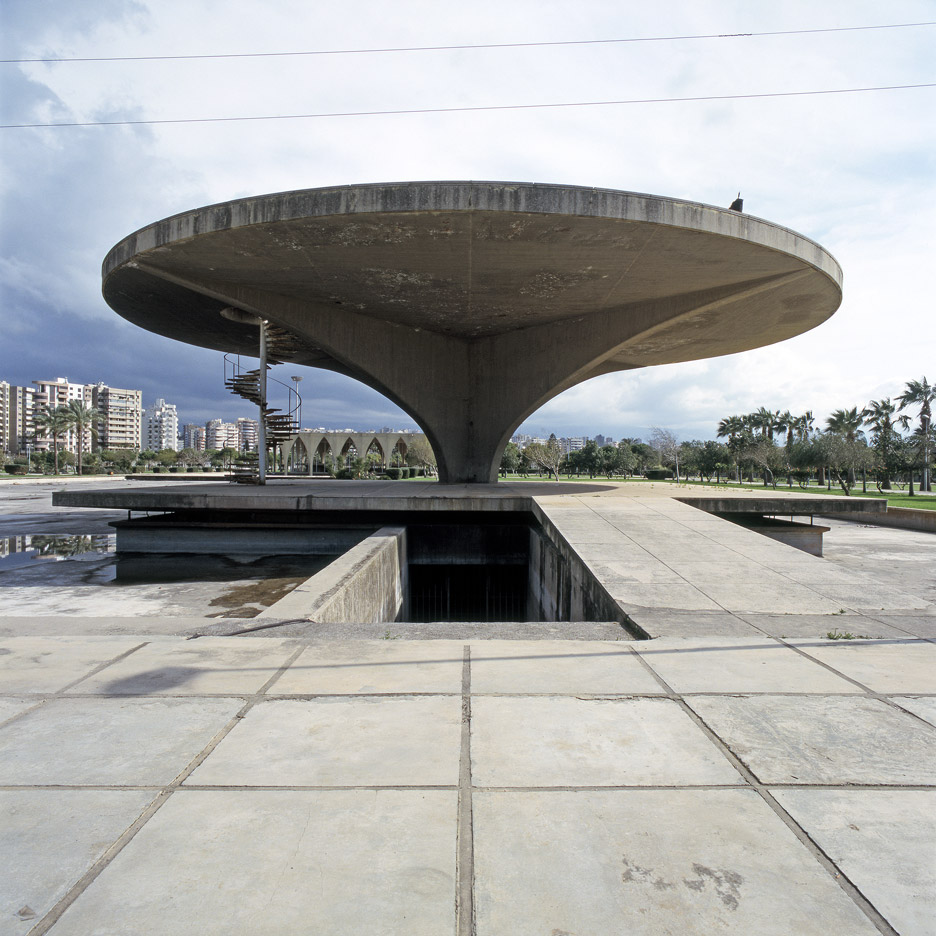
For Grospierre, Modernism embodied one of the "most beautiful ideals of mankind: progress". But in this exclusive essay for Dezeen, the Warsaw-based photographer discusses how his images of the movement's now dilapidated concrete-formed churches, Soviet housing estates and various saucer-shaped structures show its failure.
Grospierre has whittled down his collection to create the book Modern Forms: A Subjective Atlas of 20th Century Architecture, an encyclopaedic volume of closely cropped architectural images arranged by form rather than location.
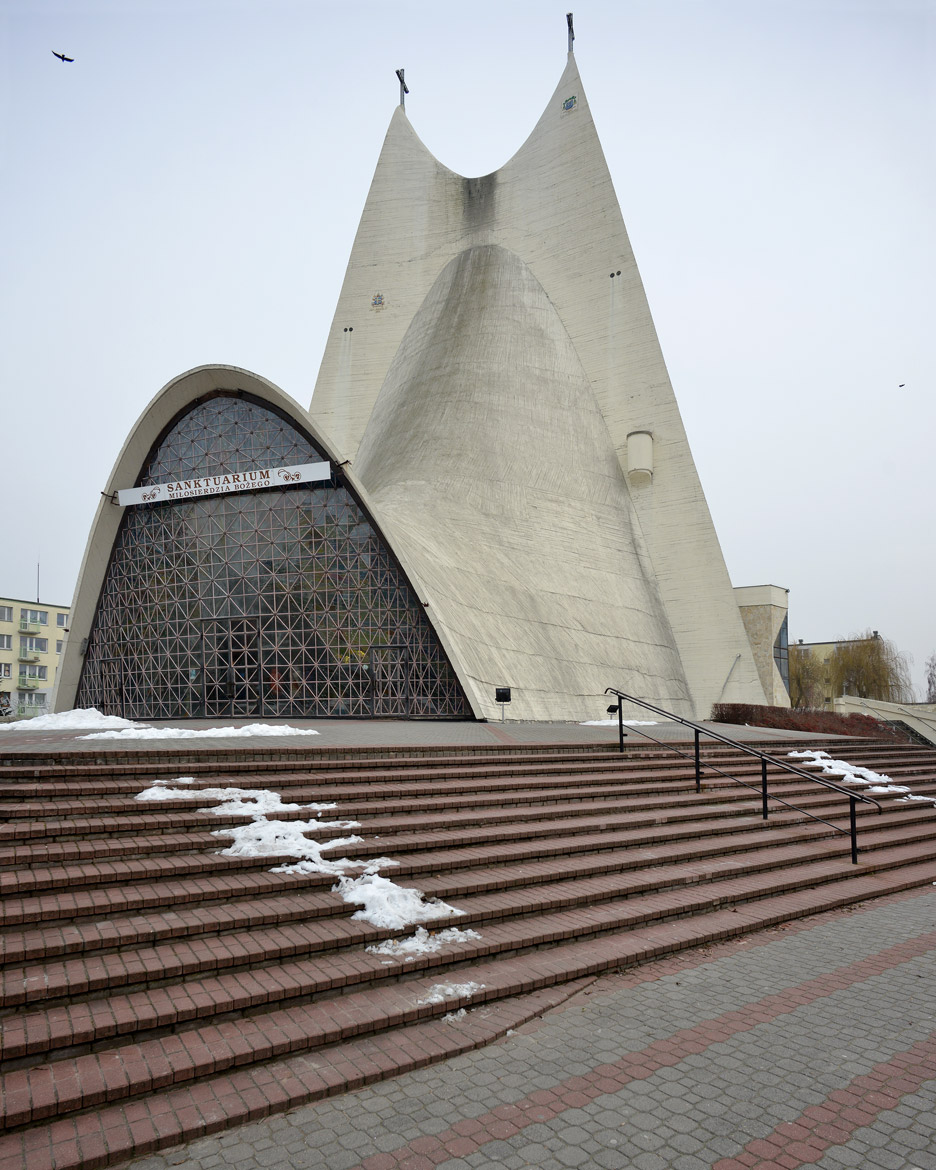
Its launch coincides with an exhibition at the Architectural Association in London between 30 April and 28 May 2016.
Modern Forms is the synthesis of 15 years of my photographing Modernist architecture. However, the origin of this set of photographs was quite tortuous.
When I started to photograph architecture, I would focus on one particular building to try to document it extensively and make closed series of photographs dedicated to these particular buildings – some of which are found in Modern Forms.
I made a few series on some Soviet Modernist structures, which seemed to me extraordinary on many levels, and socialist Modernism constitutes perhaps the core of my architectural photography.
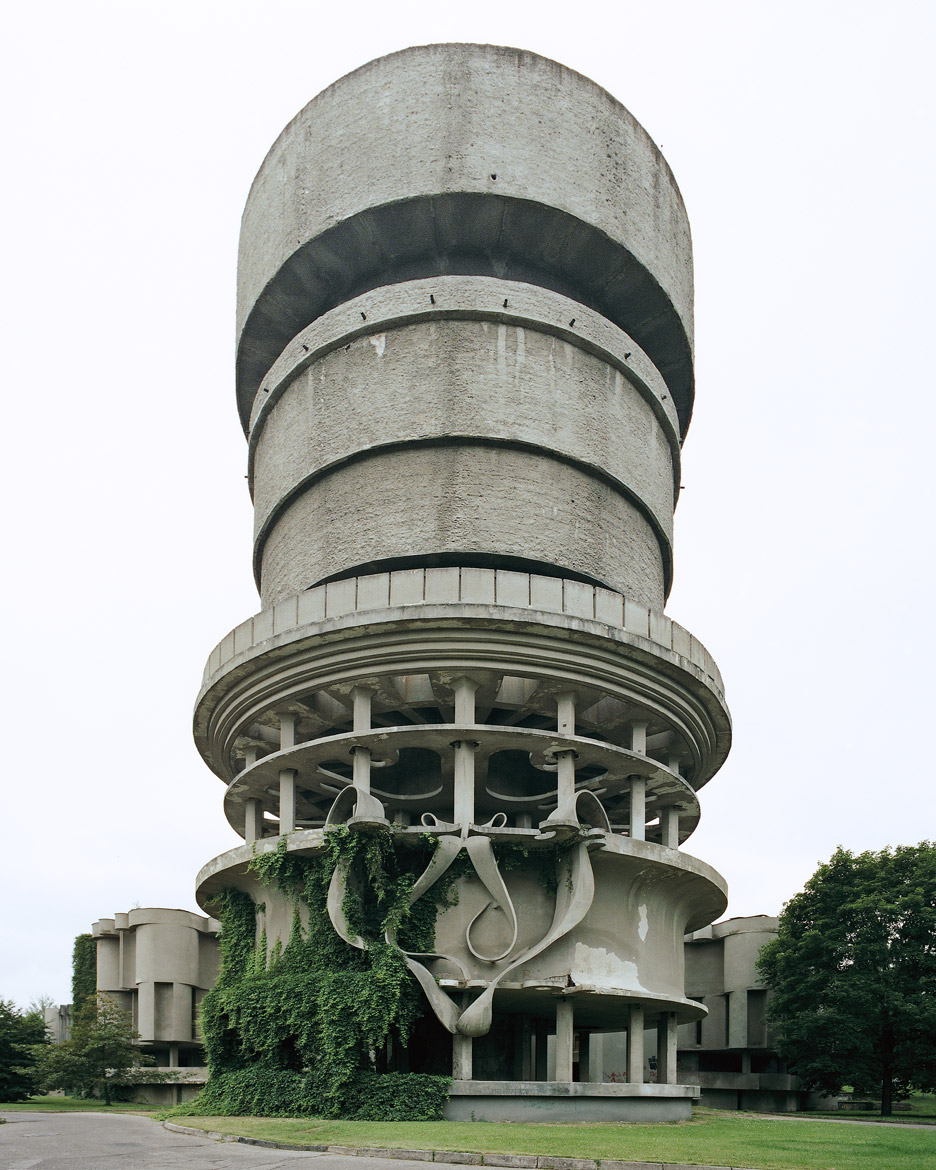
Later, I moved on to a different type of photography, using the photographic medium in more conceptual and spatial works. But I continued, in parallel, to photograph Modernist buildings on a regular basis, although I did not consider these photographs to be specific series and they would usually end up in my drawer.
Looking back at this practice, it looks as if I have been photographing Modernist architecture intensively, sometimes even obsessively, in the manner of a collector feeling the unrestrainable urge to add yet another piece to his collection.
I realised a couple of years ago that, in this manner, I had constituted a huge photographic archive, spanning five continents and which I estimate to contain the photographs of about 500 structures.
I thought therefore I should try to give sense to this archive. The problem was that the buildings photographed were all different: different styles, different architects, different functions, different countries. Even the format of the pictures was different: sometimes square, sometimes landscape, sometimes portrait.
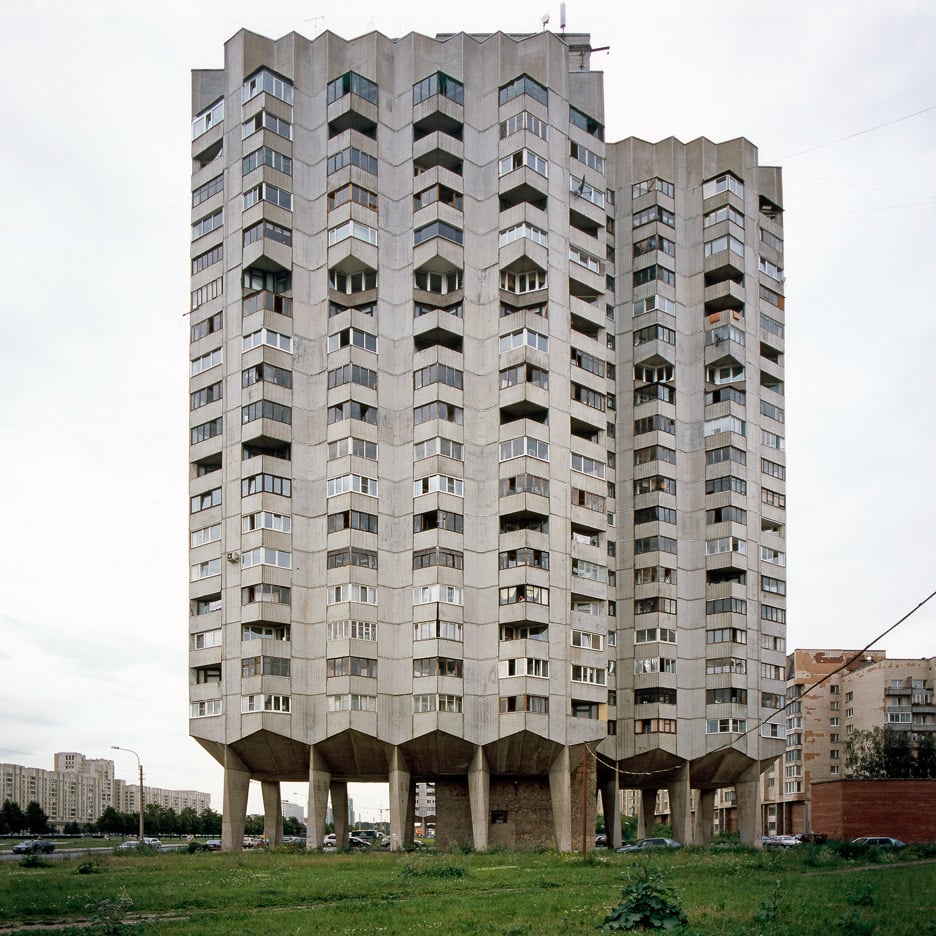
It came thus to me that the key to this archive should come from what makes the buildings different, i.e. their shapes. I therefore imagined that a good way to organise the archive would be to create a gradient of forms, starting from one, arbitrary form, and gradually moving on to the next, until all the shapes have been exhausted and one comes back to the form which started the cycle.
Since the subtitle of the book is that of an atlas, I felt it necessary to make the series come back to its starting point, the loop in this context being the adequate metaphor of the cyclicality of any atlas.
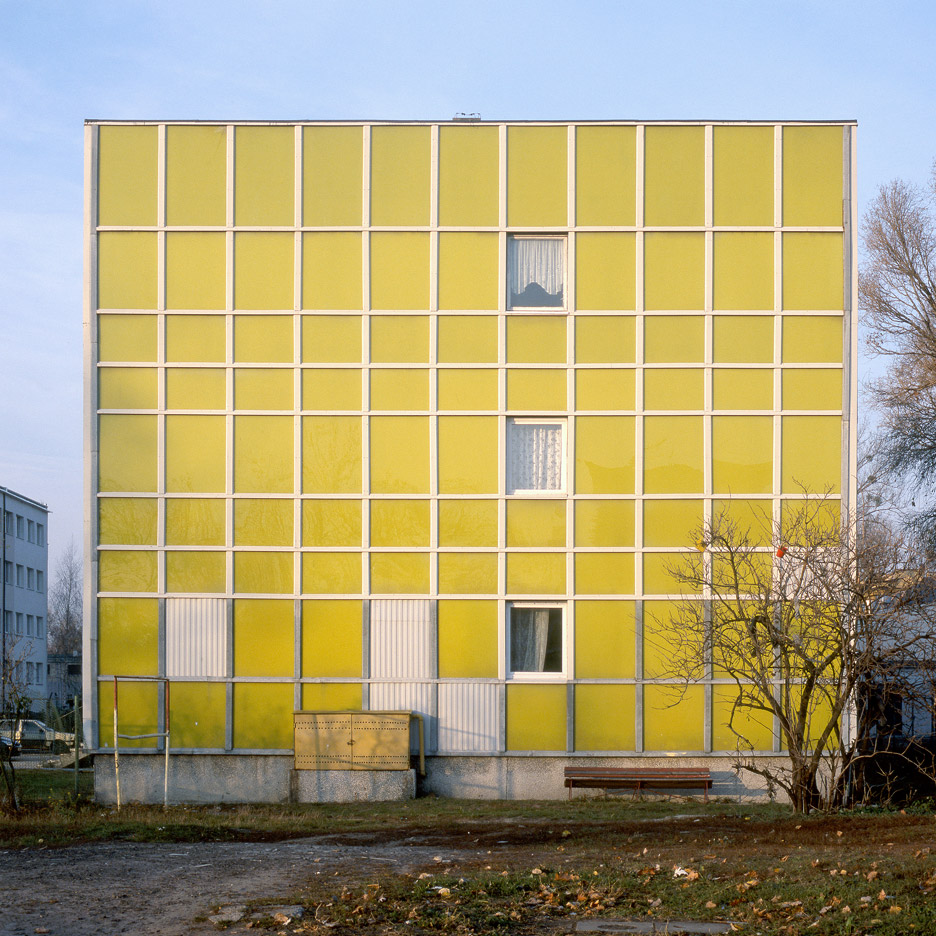
The gradient is a visual device which I like particularly, as it gives order to things which would otherwise look chaotic in their profusion, and also enables to perceive the varied ways visual phenomena develop.
In this particular case, it had the advantage of showing something that perhaps is sometimes overlooked: the universality of Modernist architecture, and how this architecture used a language which can be found in practically any country, in spite of the erroneous opinion to consider one style of architecture absolutely typical of one country.
In this perspective, the pride stemming from the fact that one building is found in one country is simply absurd, because a very similar building could be located anywhere else. This aspect is, among other things, one of the reasons why I feel so attracted to Modernist architecture.
But apart from this Modernist cosmopolitanism, I feel, first and foremost, that Modernism in architecture was the physical embodiment of one of the most beautiful ideals of mankind: progress.
In architecture, it meant to create buildings that would make a better life for the common man. We know, of course, that this ideal failed.
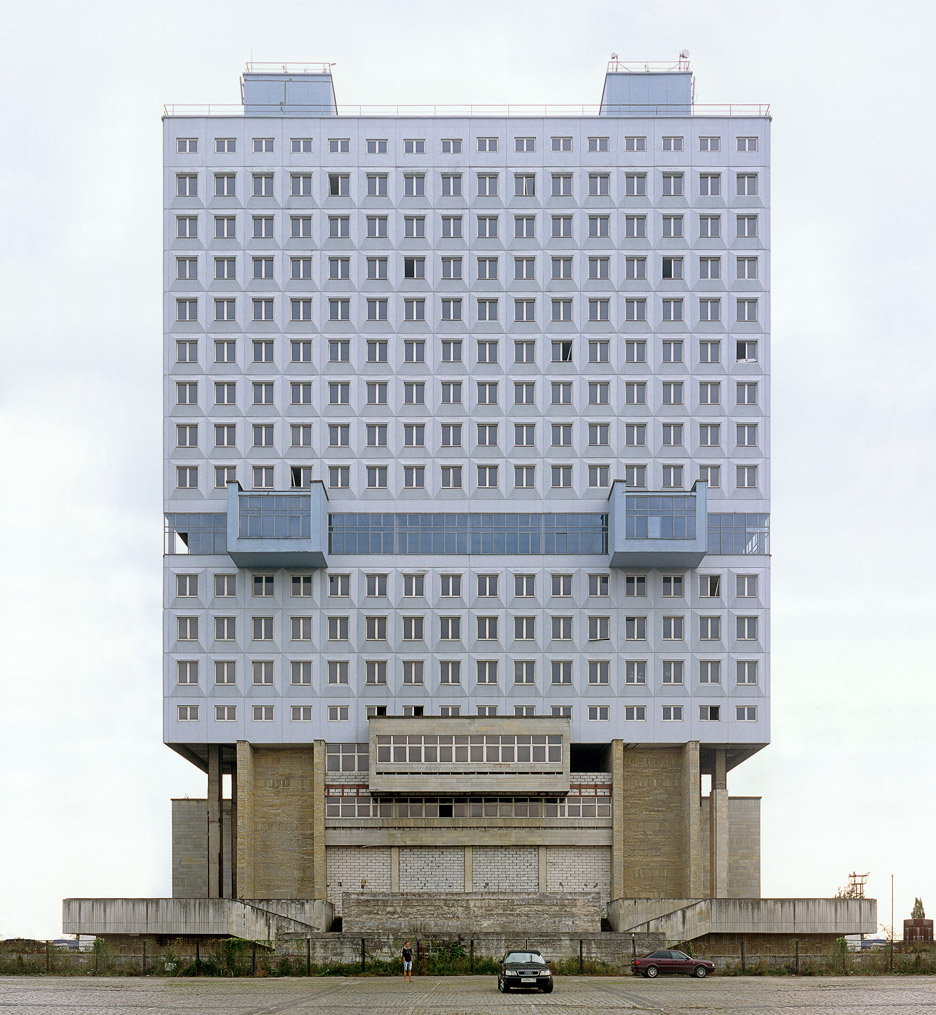
And not only did it fail in its political or ideological dimension, but it even failed practically, as many of these buildings proved to be utopian and sometimes alienating, in their everyday use. This is perhaps especially true in the architecture of the former socialist camp.
But to my eyes, this does not disqualify progress, on a philosophical level. It is perhaps because progress was an erroneous ideal from the very start, that makes it even more beautiful.
There is great generosity in this ideal, the belief that man can perfect himself, that has been lost and I must say I long for the time when we could still believe in it. Paradoxically, all that remains of this, in architecture, are the Modern forms. For me, their boldness, and expressive shapes, are the reflection of the boldness of this optimism.
Modern Forms, from this perspective, can be read as a fascination for Modernism, bearing in mind its downfall, but definitely also its beauty.